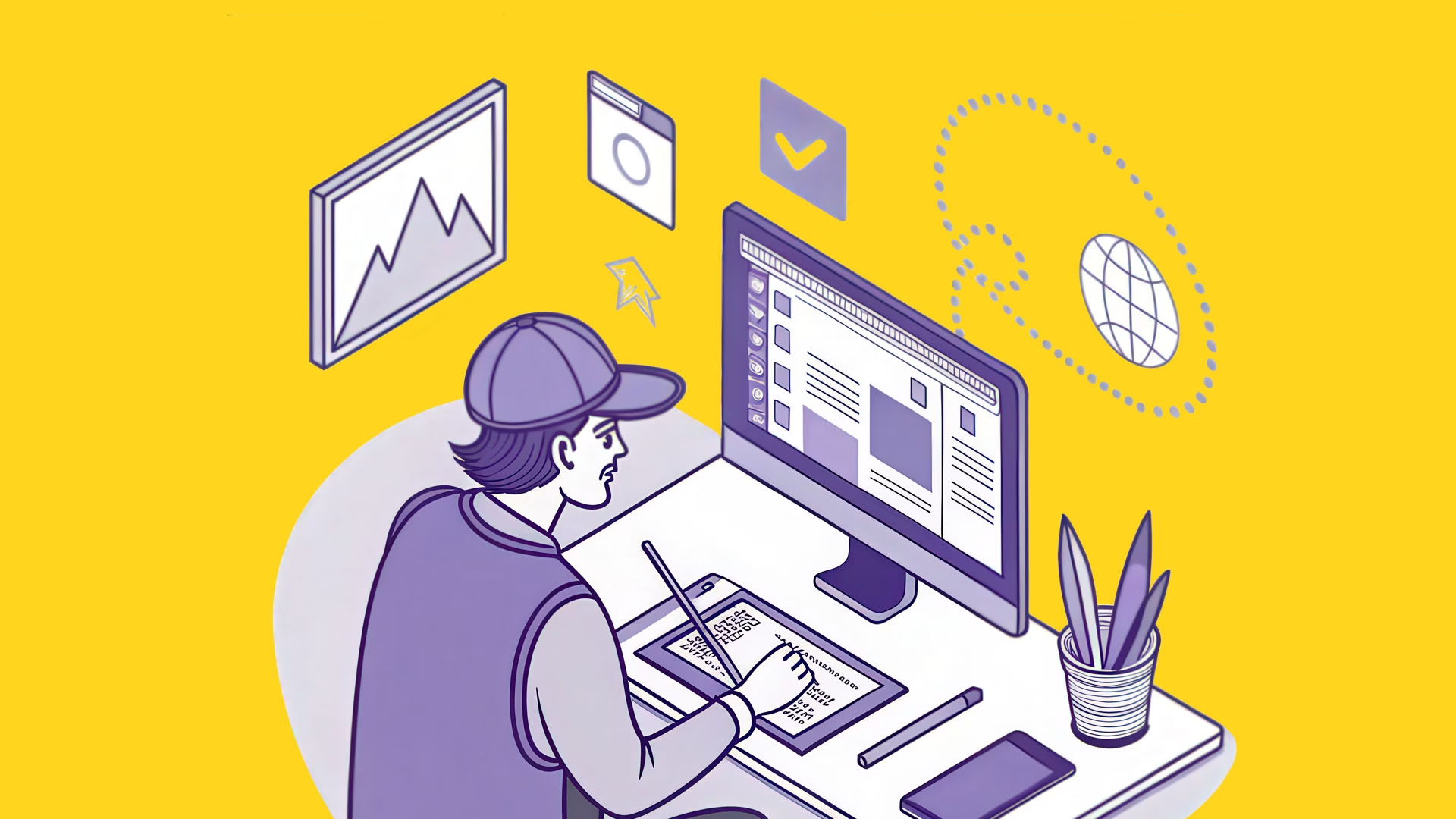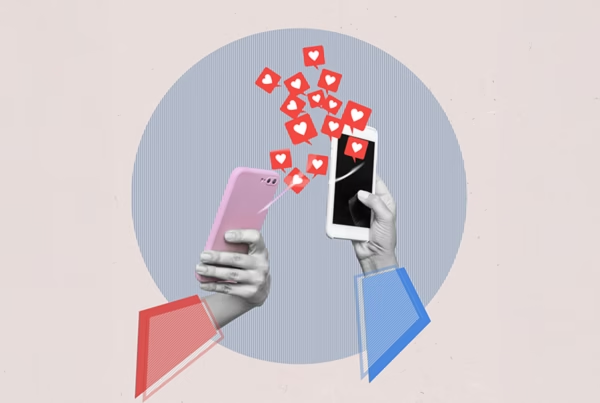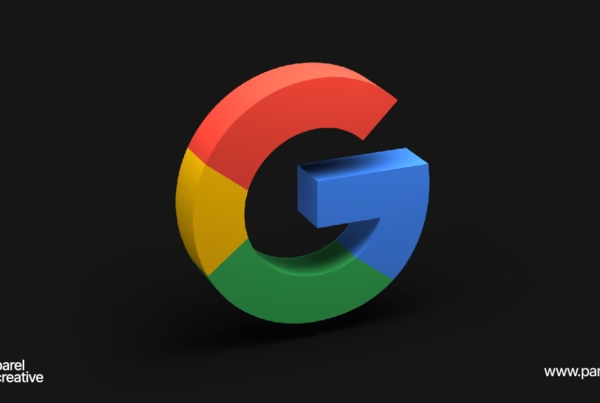You may not be familiar with the term “microinteractions,” but you’ve definitely used and experienced them countless times while browsing the web. When you’re browsing a website and something catches your eye, like a button that changes color or an icon that animates when clicked, those little details are called microinteractions. These tiny elements of design play a crucial role in shaping your user experience.
While they may seem insignificant and be overlooked easily, microinteractions have a huge impact on a website’s overall appeal and user-friendliness. Let’s take a deeper look at how they can improve your digital presence.
The Benefits of Microinteractions for Your Brand
Microinteractions make the user experience seamless. Think of them as digital body language. When your customer clicks a button and nothing happens immediately, it is like talking to someone who doesn’t respond. Awkward. Microinteractions are like those little nods or smiles that keep the conversation flowing smoothly. They give feedback and make your website feel more responsive, without which your site can feel static and lifeless. By incorporating microinteractions into your website or app, you can:
- Increase user engagement: Microinteractions have the ability to create a more enjoyable and addictive experience, keeping users coming back for more. For example, Spotify’s “Now Playing” screen features a variety of microinteractions, including a pulsating play button, a progress bar that fills as the song plays, and a dynamic album cover that changes as the music evolves. It’s these elements that give a truly immersive, emotional, and meaningful listening experience.
- Improve usability: Microinteractions are capable of helping both you and your users reduce complexity and frustration by making user interface components more intuitive and thus more efficient. For instance, Instagram’s double-tap-to-like feature is a simple but effective example of a microinteraction. The app uses subtle animations to indicate that the user’s action is being processed, providing a sense of control and satisfaction.
- Build brand loyalty: A well-designed user experience can help build trust and loyalty among your customers. Airbnb, which uses microinteractions to provide visual confirmation that a property has been selected by a user, is an example. A smooth animation highlights the selected one, and a heart icon pops up when a user favorites a listing. As a result, users quickly get what they want and are enticed to take the next step.
- Create a more personalized experience: Microinteractions are customizable, which in turn, makes the users feel like they are the product of their own actions. They can be evolved to the user’s style, and thus, can be responsive to their choices. For instance, e-commerce websites like Amazon use microinteractions to recommend products based on a user’s browsing history or purchase behavior.
- Improve accessibility: Microinteractions can improve the accessibility of digital platforms for users with disabilities by providing alternative ways to interact with content. For example, a website might use a subtle animation to indicate that a link is active, making navigation easier for users with visual impairments.
As can be seen through the examples and benefits above, micro-interactions might seem small but can be a big deal. Adding micro-interactions to your website or app isn’t about animating everything left and right; it serves to facilitate functionality and keep users hooked. By carefully utilizing microinteractions where relevant through your design will allow you to actually create more engaging, intuitive, and effective user experience.
At Parel Creative, we focus on blending great design with smart microinteractions that align with your business goals. Be it subtle hover effects, intuitive form feedback, or engaging loading animations, we’ve got the expertise to ensure your site doesn’t just look good but works beautifully. Want to see our work in action? Check out the websites we’ve built and see how we can transform your digital experience.










